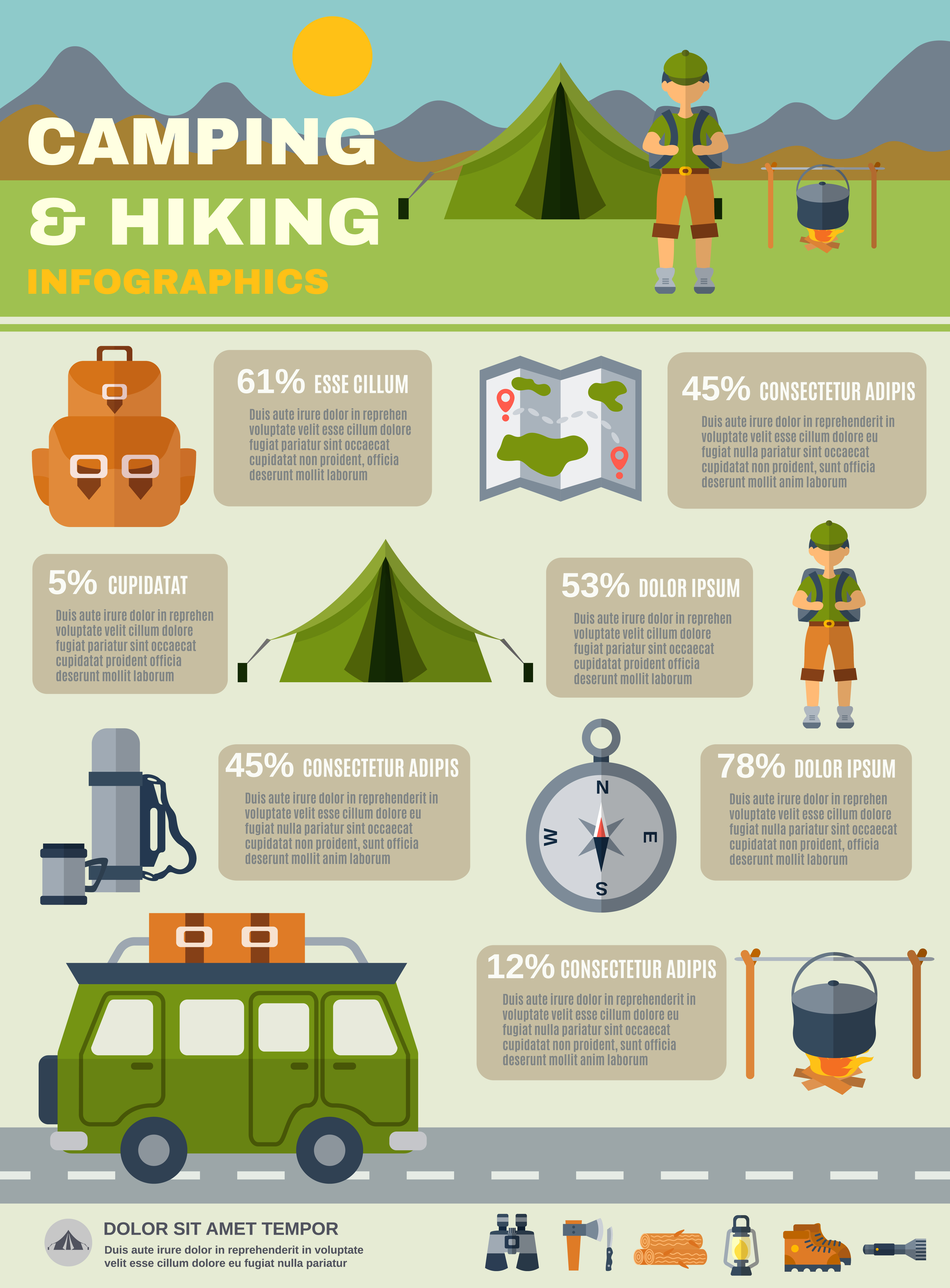Angles play an essential duty in building and construction. They affect stability, strength, functionality, and even looks. Builders make use of various sorts of angles for frames, foundations, building and construction products, and extra.
From legendary bridges like the Golden Entrance Bridge to daily industrial storehouses, steel angle bars are an essential element of several metal structures. Their toughness and stamina make them a suitable product for supporting heavy loads and withstanding ecological obstacles.
Stamina
In the building industry, 90 level angles are crucial for keeping structures solid and stable. They can be located in numerous tasks, including structures and architectural structures. They likewise help distribute the weight of a structure uniformly and avoid changes or splitting.
In commercial buildings, steel angle is commonly utilized to attach or strengthen steel stud framing. Its sturdiness means it can stand up to hefty tons and last for many years, making it a prominent selection in commercial workshops.
Furthermore, the adaptability of steel angle enables it to match a variety of architectural layouts. This adaptability is enhanced by its wide range of lengths and thicknesses, which allow architects and engineers to personalize their structures. Spherical corners also reduce tension concentrations and improve bending strength, particularly in end-notched beam of lights. This enables them to be integrated into bigger structures, like roofing trusses, without compromising their honesty. The synthesis of robust stamina and versatility makes steel angle an invaluable possession for constructing big, intricate building frames.
Sturdiness
Architectural stability is essential to the longevity of windows and doors, making certain that they can hold up against ecological anxieties in time. Using welds and company joints, in addition to strengthened corners, helps minimize the threat of failing and decreases maintenance prices.
The 90 level angle is a staple in building and construction projects because of its ability to give security and strength. However, designers likewise use various other kinds of angles in their styles to achieve specific purposes. As an example, bent inside edges boost structural security in stone structures by distributing anxiety uniformly.
Various other applications of the L-angle include constructing bordering and garden and landscape elements. The durability of these items permits them to endure the components and create specified limits in gardens and sidewalks. They are likewise an eye-catching choice to bulkier products and can complement the all-natural shapes of exterior spaces. Lastly, the toughness of steel angle supports environment-friendly building and construction methods by reducing source consumption and extending the life of structures.
Versatility
The appropriate angle is a crucial piece in canvas backpack the structure of numerous natural and synthetic frameworks. The best angles are discovered in squares, rectangles and triangles and help the forms hold their toughness and stability. Designers depend on the right angle to develop and design structures, bridges and other structures.
Versatility is the capacity to move one or more joints via a range of movement without injury. In comparison to more general or systemic fitness elements, adaptability is very specific to private joints and may vary considerably in between people. This makes it hard to establish an association in between a particular flexibility examination and wellness end results in young people.
This chapter presents an introduction of what is currently understood about the connection in between versatile activities and health and wellness results in young people. It discusses physiology that underlies the connection in between versatility and health and wellness, and reviews typically made use of adaptability examinations. The chapter also examines the strengths and restrictions of existing information relating to these connections.
Visual appeals
Whether you use an edge for a bookshelf or as a place to present your collection, the angle shapes how it's viewed. Contours stimulate softness and approachability while angles bring structure and energy. When used together, curved and angular styles produce a harmonious equilibrium that feels modern and advanced.
Scientific study demonstrates that human beings prefer rounded edges, even when they're not purposely aware of it. They're much easier on the eyes and minimize stress and anxiety by lowering cortisol degrees in the mind. Researchers believe this is because sharp angles set off the amygdala, activating a hazard feedback comparable to that of thorns or claws.
Spherical forms are also a trend in interior design, and they're expected to remain to dominate the electronic world. Anticipate squircles and waved edges to become more famous in UI/UX and in home style, as well as AI-driven tools that optimize corners based on individual actions (16 ). In the future, they'll offer stability while preserving sophistication, elegance and approachability.
